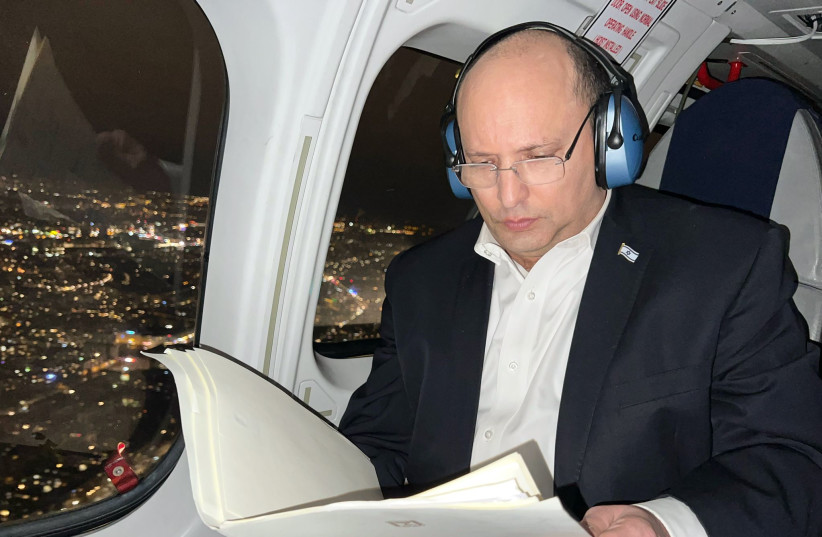Flights abroad will cost twice as much when prime ministers and presidents use a designated plane, but the new aircraft has clear benefits, according to a state comptroller’s report released this week.
The (Expensive) Wing of Zion
The cost of an average flight by a president or prime minister on the still-grounded plane, known as the Wing of Zion, is expected to be NIS 5.2 million, 108% higher than the current situation, in which the government rents a plane from an Israeli airline that costs an average of NIS 2.5m.
Nevertheless, “The plane for heads of state is a clear improvement over the previous situation... in the level of security, including defense of the plane and information security, communications, controls, the conditions inside the plane, service in it and its availability,” the report said.
The government formed a committee in 2010 to examine the possibility of buying a plane for trips abroad of prime ministers and presidents. But the plane is still grounded, even though it was ready for use last summer.
The Prime Minister’s Office, the National Security Council and the Defense Ministry must understand that the plane’s completion took more than 10 years from the project’s initiation and over six years from the time a tender was published for the project – and must “make sure future projects of public and security importance will be fulfilled in the shortest time possible,” the report said. “Future projects should have a realistic timeline for execution that takes their complexities into consideration.”


Political opposition to the plane project – because it is associated with former prime minister Benjamin Netanyahu, and because Foreign Minister Yair Lapid has described it as a symbol of corruption – is the likely reason Wing of Zion remains on the tarmac nine months after it was ready.
The comptroller’s report focused on reasons why it took so long to complete the plane after its target date of September 2018. These included stringent security demands that were not part of the original tender, Israel Aerospace Industries committing to an unrealistically short timeline, as well as delays and changes in decisions by the Prime Minister’s Office about the plane’s interior design.
Stringent (and very costly) security demands
The plane cost NIS 588 million to build, which was less than the NIS 729m. budget the cabinet approved for it but significantly more than the NIS 450m. bid for the tender.
The increased expenditure was due in large part to security costs the Shin Bet (Israel Security Agency) did not present in advance, which added NIS 92m. Other additional costs were due to configuration and design.
The comptroller rapped the Shin Bet, the Prime Minister’s Office and others for not giving details of the security needs and their costs before the plane’s tender was published.
In addition, the comptroller said the PMO often made decisions without documenting the reasoning behind them. For example, the largest delegation to travel with a prime minister during 2010-2013 included 61 people. The office asked for a plane to hold 100-120 people, and the National Security Council upped that to 150-200 people, both with no explanation.
